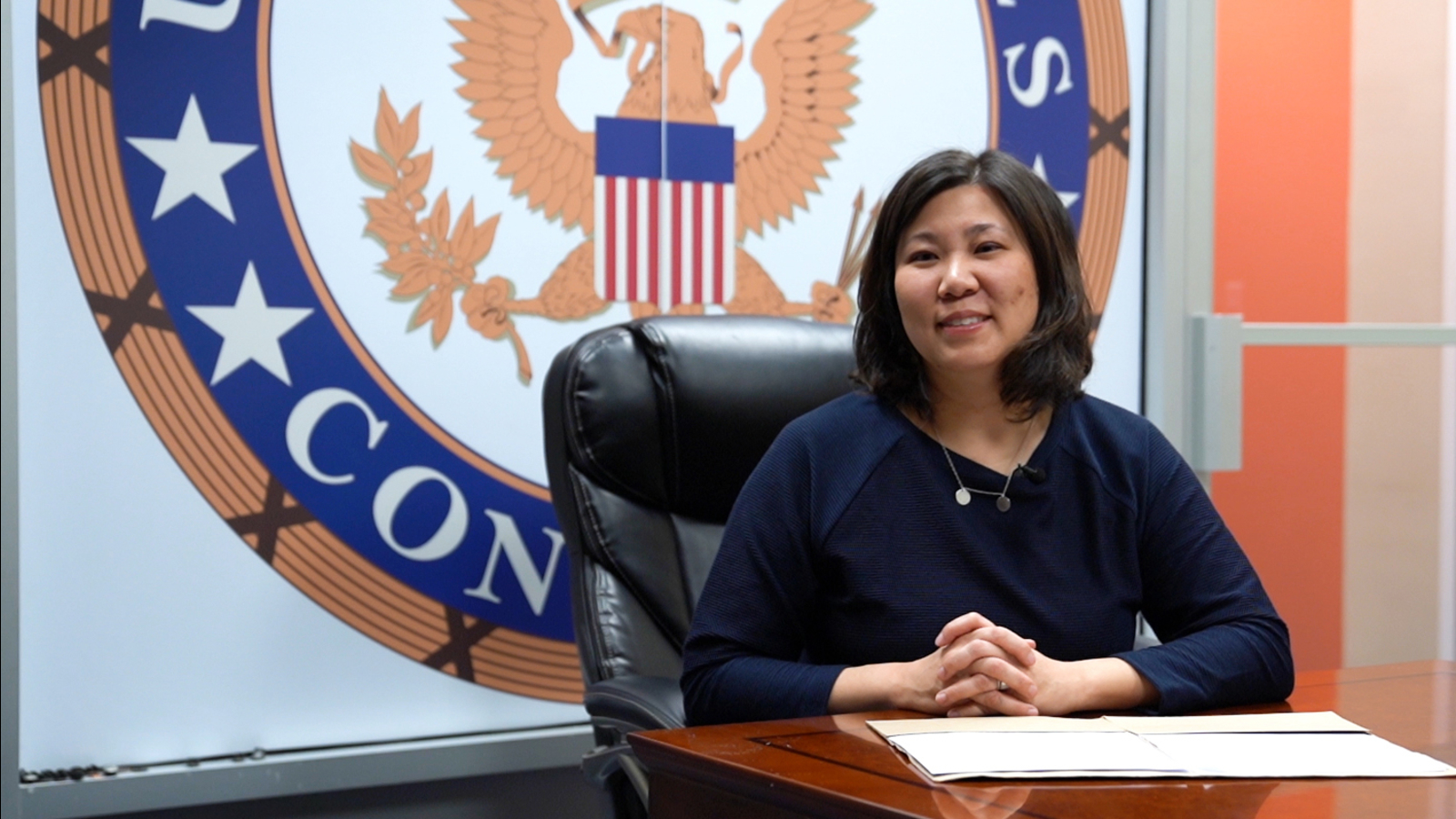Cybersecdn– In a case that stirred considerable debate around the themes of racial bias, legal standards, and the sufficiency of evidence in hate crime prosecutions, Allan Chandler Muller III stood before a Florida jury, accused of a violent act that left John Mealor, a visually impaired Asian man, with severe injuries.
The incident, dating back to 2020, was not just a confrontation but a narrative intertwined with allegations of racial slurs and physical brutality, culminating in Mealor’s broken jaw, an injury that medical professionals suggested could lead to permanent disfigurement.
The altercation reportedly began when Muller directed racially charged insults towards Mealor, employing derogatory terms that hark back to wartime prejudices. This verbal assault escalated when Mealor, attempting to withdraw from the confrontation near a boat, was purportedly struck by Muller, leading to Mealor being rendered unconscious. The gravity of the assault was further underscored by a witness’s account, stating that Muller proceeded to kick Mealor with considerable force, likening it to a “soccer-style” action, while Mealor lay incapacitated.

The crux of the legal battle, however, hinged not on the severity of the assault but on the nature of the evidence presented. The defense posited a critical argument, highlighting the absence of video evidence to corroborate the accusations leveled against Muller. This lack of tangible proof became a pivotal point in the trial, leading the jury to acquit Muller, citing insufficient evidence to substantiate the claims of a hate crime.
This verdict brings to the forefront the intricate dynamics of hate crime legislation and the judicial system’s reliance on concrete evidence. In cases where direct evidence is scant or absent, the burden of proof becomes a formidable barrier to conviction, raising questions about the protection afforded to victims of hate crimes and the broader implications for racial justice and equality.
The aftermath of the trial leaves a community grappling with mixed feelings. On one hand, the legal principle of ‘beyond a reasonable doubt’ ensures that convictions are only secured based on firm evidence, safeguarding against wrongful convictions. On the other hand, the outcome of this case underscores a potential gap in the justice system’s ability to address and redress acts of racial violence, especially when the evidence does not align with the conventional expectations of the courtroom.
Read More: Brooklyn Shocking Crime: 36-Year-Old Mother Brutally Stabbed, Poodle Thrown Out!
Florida School Incident: Staff Restraint Leads to Student Injury!
Unveiling the Top 5 US Cities Where Crime Dares Not Tread
As the dust settles on this case, the dialogue it has ignited about hate crimes, racial discrimination, and the evidentiary thresholds required for conviction continues to resonate. It serves as a poignant reminder of the complexities inherent in balancing the scales of justice, the quest for truth, and the pursuit of a society where equality and respect for all individuals, irrespective of race or disability, are paramount.

